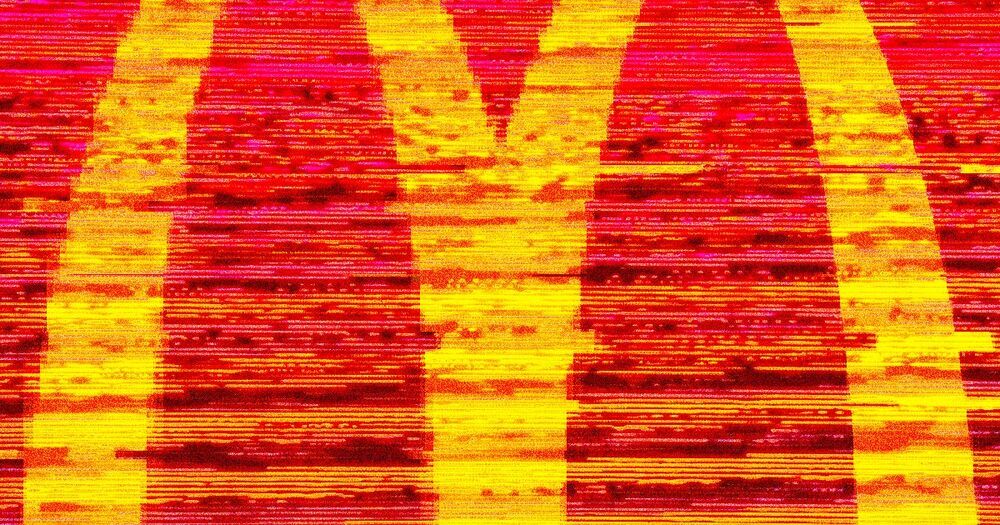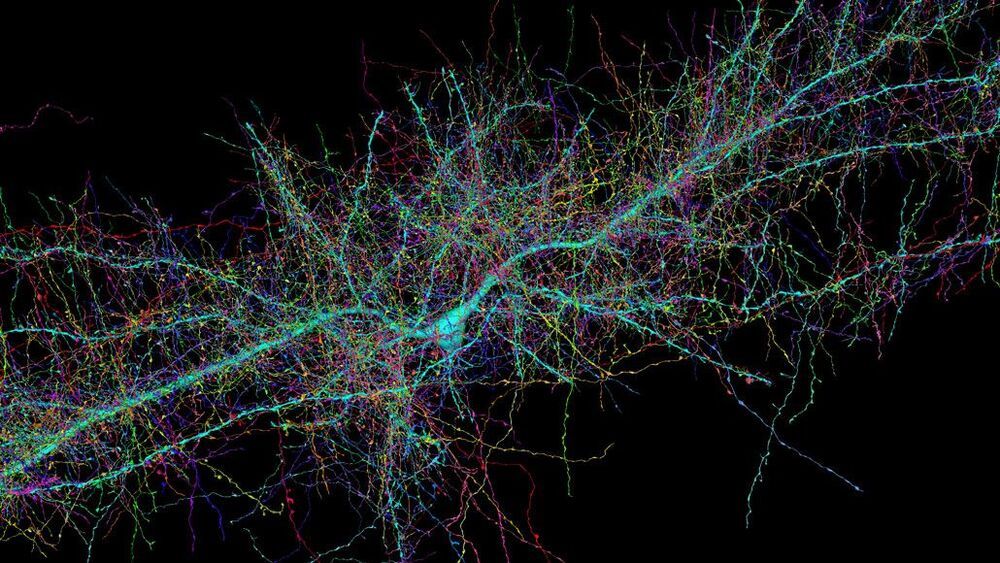We could see this across the nation in five years.
Going to eco-extremes to try and save the planet is a great thing to do, but for the majority of us, it’s not an easy thing to do. If everybody makes a few easy little changes to live more sustainably, it’ll have a far bigger impact. And with our range of affordable, everyday solutions, the power of change is in everybody’s hands. The difference isn’t going to be made with a few grand gestures, it’ll be when we all change a bit for good.
#WonderfulEveryday.
To find out more about how IKEA can help you live more sustainably.
visit: https://bit.ly/3oDO9c3
Like us on Facebook: https://www.facebook.com/IKEAUK
Three-dimensional views of 50000 cells from a woman’s brain yield one of the most detailed maps yet.
A Penn State scientist studying crystal structures has developed a new mathematical formula that may solve a decades-old problem in understanding spacetime, the fabric of the universe proposed in Einstein’s theories of relativity.
“Relativity tells us space and time can mix to form a single entity called spacetime, which is four-dimensional: three space-axes and one time-axis,” said Venkatraman Gopalan, professor of materials science and engineering and physics at Penn State. “However, something about the time-axis sticks out like sore thumb.”
For calculations to work within relativity, scientists must insert a negative sign on time values that they do not have to place on space values. Physicists have learned to work with the negative values, but it means that spacetime cannot be dealt with using traditional Euclidean geometry and instead must be viewed with the more complex hyperbolic geometry.
Each copter doesn’t just track where the others are. It constantly predicts where they’ll go.
Sony says it’ll keep the camera steady, even when it’s windy.
Sony has announced its first drone, which is designed for video professionals. It can fly many of Sony’s mirrorless cameras, reportedly stay steady in wind, and costs $9000 without the gimbal.
A detailed concept for a lunar habitat, created by one of the world’s leading architectural firms with ESA technical support, is currently on show at the Biennale in Venice. Skidmore, Owings & Merrill, originator of many of the world’s tallest skyscrapers, worked with ESA on a semi-inflatable habitat design which could be part of a long-term vision for an international Moon settlement.
The resulting design is on show at the 17th International Architecture Exhibition of La Biennale di Venezia. While the theme of the overall exhibition is ‘How will we live together?’, the SOM installation is called ‘Life Beyond Earth’, peering beyond our post-COVID-19 planet to show how human life can be sustained in the hostile space environment.
Quantum computing began in the early 1980s. It operates on principles of quantum physics rather than the limitations of circuits and electricity which is why it is capable of processing highly complex mathematical problems so efficiently. Quantum computing could one day achieve things that classical computing simply cannot. The evolution of quantum computers has been slow, but things are accelerating, thanks to the efforts of academic institutions such as Oxford, MIT, and the University of Waterloo, as well as companies like IBM, Microsoft, Google, and Honeywell.
IBM has held a leadership role in this innovation push and has named optimization as the most likely application for consumers and organizations alike.
Honeywell expects to release what it calls the “world’s most powerful quantum computer” for applications like fraud detection, optimization for trading strategies, security, machine learning, and chemistry and materials science.
IBM has released a toolkit designed to help developers measure uncertainty in an AI and machine learning model.
Interactive Brokers — seen as the e-broker with some of the most sophisticated clientele — is slated to start trading cryptocurrencies on its platform in the coming months.
“Customers certainly are asking for [crypto trading] and we expect to be ready to offer it to them by the end of the summer,” Interactive Brokers Chairman and CEO Thomas Peterffy said Wednesday at the Piper Sandler Global Exchange & FinTech Conference.
Investors, both retail and institutional, have poured into bitcoin and other digital assets in 2021. Bitcoin’s price has soared to above $34000 from the $9000 in June of 2020. The price of bitcoin has experienced wild volatility recently due to headlines on a China crackdown, Elon Musk and investors taking excessive risk.









